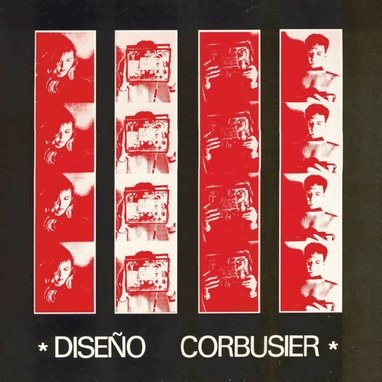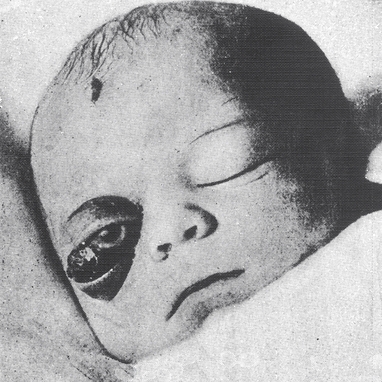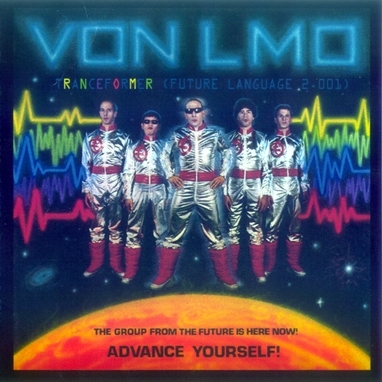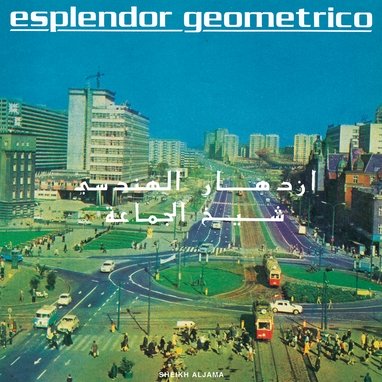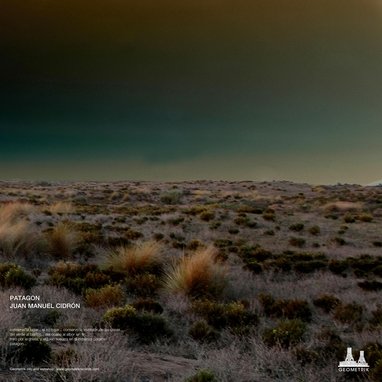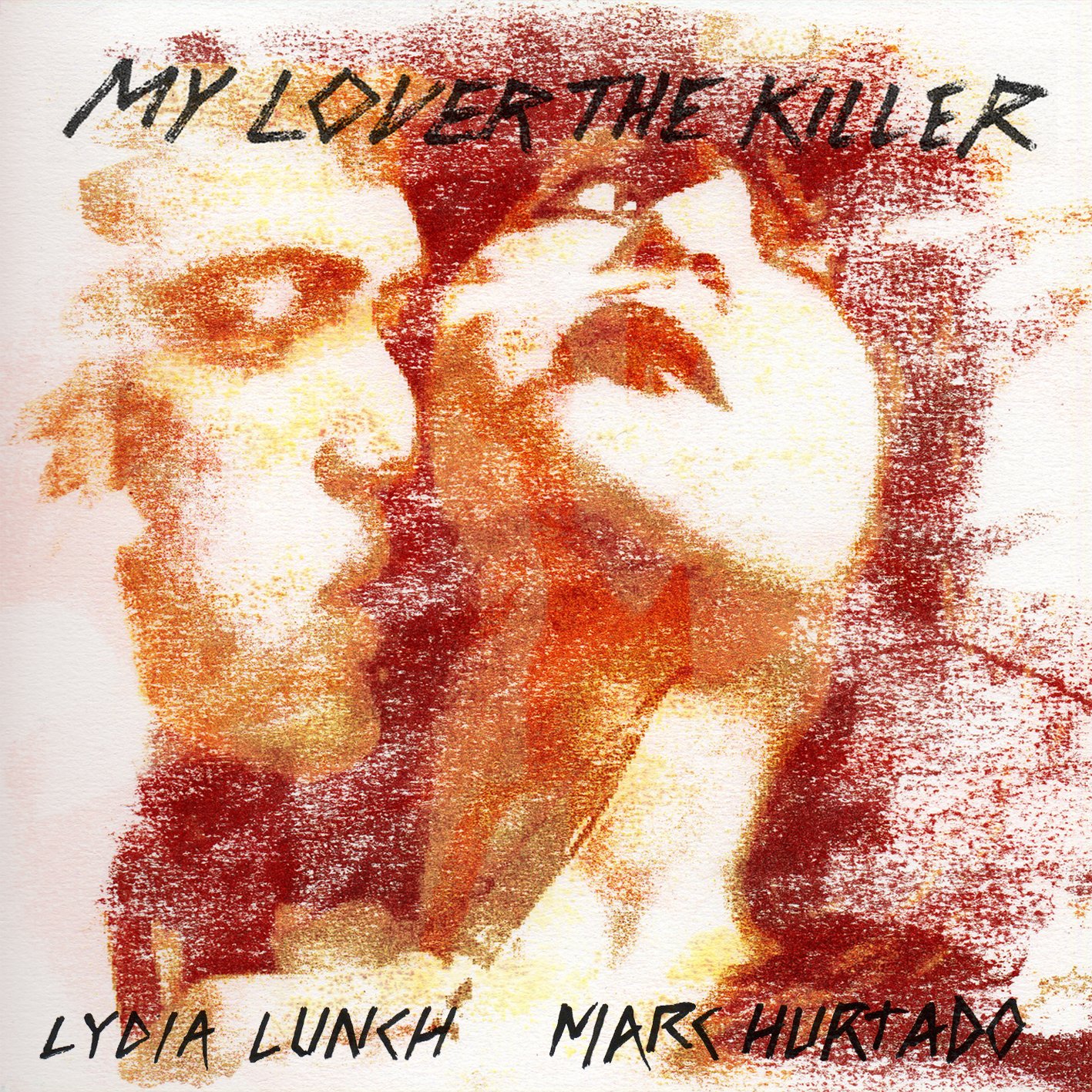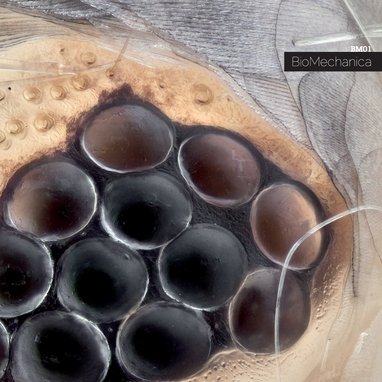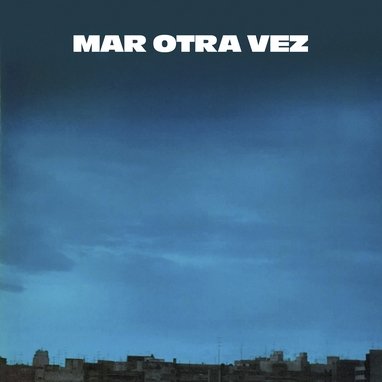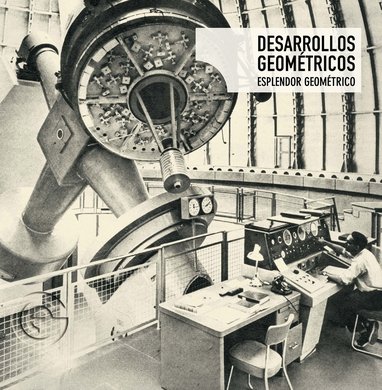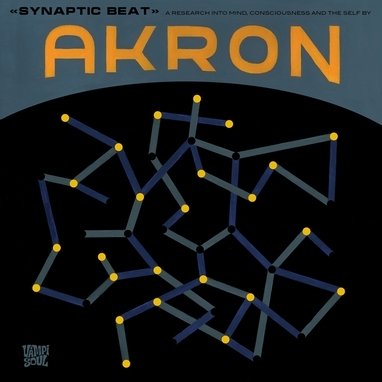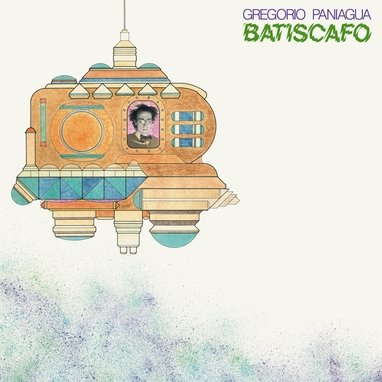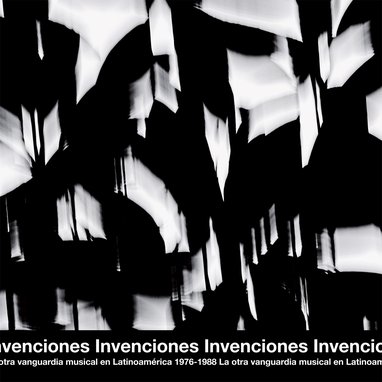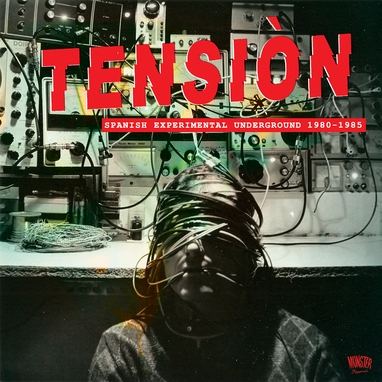Diseño Corbusier
Pérfido Encanto
18,00€
Vinilísssimo
Diseño Corbusier
Pérfido Encanto
Reissue of the 1985 debut album by this duo from Granada, one of the most fascinating and unique projects of Spanish electronic music. An exceptional work of undulating sound manipulation, vocal experimentation and minimal electronic rhythms.
1982. Dragged by decades of international isolation, Madrid and Granada performed, unaware and in their own way, the same roles that London and Sheffield had assumed during the punk explosion in the UK. While the capital grabbed headlines and considered itself the epicentre of modernity, 400 kilometres southwards, Granada developed an experimental scene despite the scarce resources available. “Pérfido encanto” is Diseño Corbusier’s first contribution to a European-wide scene where electronic instruments rose up against the media domination of guitars. They first got together when Ani Zinc (she liked the sound of the word “anything”), a psychology student without any previous musical experience, met two law students obsessed with the power of machines but with different approaches. Rafael Flores believed in the extreme noise of bands like Throbbing Gristle as a source of endless energy. Javier G Marín had a sexier concept of synthesizers. The outcome was natural: Marín and Ani Zinc amicably parted ways with Flores, who would have a remarkable career under the alias Comando Bruno. But before the band came the label. Under the name Auxilio de Cientos, Marín’s intention was to provide distribution to those unclassifiable projects he knew through fanzines, radio shows and record trading. Ani’s intention didn’t go beyond spending time manipulating her voice on the cassettes she recorded. But one of her collage tracks reached national radio. Signed as by Neo Zelanda, ‘Paso hambre’, consisting only of a treated, menacing and magnetic vocal, was played one night and the calls brought the radio station to a standstill. The record label DRO quickly signed her. The deal was for two singles: one with said track and another one for Diseño Corbusier. The latter never happened, so Marín decided his humble distribution company would become a label. And its first release would not be a single but an LP. Marín represented the primitive democratization of electronic instruments. The Korg synthesizer was the perfect tool for those who didn’t know hot to play and would never go to music school. The Boss DR-55 rhythm machine had a sweet appearance but a devastating character. A radio cassette player plugged into a Revox was the recording studio. And finally, Ani Zinc’s microphone: naivety made intention. “Pérfido encanto” quickly sold its 500-copies run, more than half outside Spain. The moment was right. The following year, the LP “El alma de la estrella” brought Diseño Corbusier back with the same deceitful charm. But that would be the last chapter of their short life.
Productos relacionados
18,00€
Reissue of the 1985 debut album by this duo from Granada, one of the most fascinating and unique projects of Spanish electronic music. An exceptional work of undulating sound manipulation, vocal experimentation and minimal electronic rhythms.
1982. Dragged by decades of international isolation, Madrid and Granada performed, unaware and in their own way, the same roles that London and Sheffield had assumed during the punk explosion in the UK. While the capital grabbed headlines and considered itself the epicentre of modernity, 400 kilometres southwards, Granada developed an experimental scene despite the scarce resources available. “Pérfido encanto” is Diseño Corbusier’s first contribution to a European-wide scene where electronic instruments rose up against the media domination of guitars. They first got together when Ani Zinc (she liked the sound of the word “anything”), a psychology student without any previous musical experience, met two law students obsessed with the power of machines but with different approaches. Rafael Flores believed in the extreme noise of bands like Throbbing Gristle as a source of endless energy. Javier G Marín had a sexier concept of synthesizers. The outcome was natural: Marín and Ani Zinc amicably parted ways with Flores, who would have a remarkable career under the alias Comando Bruno. But before the band came the label. Under the name Auxilio de Cientos, Marín’s intention was to provide distribution to those unclassifiable projects he knew through fanzines, radio shows and record trading. Ani’s intention didn’t go beyond spending time manipulating her voice on the cassettes she recorded. But one of her collage tracks reached national radio. Signed as by Neo Zelanda, ‘Paso hambre’, consisting only of a treated, menacing and magnetic vocal, was played one night and the calls brought the radio station to a standstill. The record label DRO quickly signed her. The deal was for two singles: one with said track and another one for Diseño Corbusier. The latter never happened, so Marín decided his humble distribution company would become a label. And its first release would not be a single but an LP. Marín represented the primitive democratization of electronic instruments. The Korg synthesizer was the perfect tool for those who didn’t know hot to play and would never go to music school. The Boss DR-55 rhythm machine had a sweet appearance but a devastating character. A radio cassette player plugged into a Revox was the recording studio. And finally, Ani Zinc’s microphone: naivety made intention. “Pérfido encanto” quickly sold its 500-copies run, more than half outside Spain. The moment was right. The following year, the LP “El alma de la estrella” brought Diseño Corbusier back with the same deceitful charm. But that would be the last chapter of their short life.
Productos relacionados
Pérfido Encanto
Reissue of the 1985 debut album by this duo from Granada, one of the most fascinating and unique projects of Spanish electronic music. An exceptional work of undulating sound manipulation, vocal experimentation and minimal electronic rhythms.
1982. Dragged by decades of international isolation, Madrid and Granada performed, unaware and in their own way, the same roles that London and Sheffield had assumed during the punk explosion in the UK. While the capital grabbed headlines and considered itself the epicentre of modernity, 400 kilometres southwards, Granada developed an experimental scene despite the scarce resources available. “Pérfido encanto” is Diseño Corbusier’s first contribution to a European-wide scene where electronic instruments rose up against the media domination of guitars. They first got together when Ani Zinc (she liked the sound of the word “anything”), a psychology student without any previous musical experience, met two law students obsessed with the power of machines but with different approaches. Rafael Flores believed in the extreme noise of bands like Throbbing Gristle as a source of endless energy. Javier G Marín had a sexier concept of synthesizers. The outcome was natural: Marín and Ani Zinc amicably parted ways with Flores, who would have a remarkable career under the alias Comando Bruno. But before the band came the label. Under the name Auxilio de Cientos, Marín’s intention was to provide distribution to those unclassifiable projects he knew through fanzines, radio shows and record trading. Ani’s intention didn’t go beyond spending time manipulating her voice on the cassettes she recorded. But one of her collage tracks reached national radio. Signed as by Neo Zelanda, ‘Paso hambre’, consisting only of a treated, menacing and magnetic vocal, was played one night and the calls brought the radio station to a standstill. The record label DRO quickly signed her. The deal was for two singles: one with said track and another one for Diseño Corbusier. The latter never happened, so Marín decided his humble distribution company would become a label. And its first release would not be a single but an LP. Marín represented the primitive democratization of electronic instruments. The Korg synthesizer was the perfect tool for those who didn’t know hot to play and would never go to music school. The Boss DR-55 rhythm machine had a sweet appearance but a devastating character. A radio cassette player plugged into a Revox was the recording studio. And finally, Ani Zinc’s microphone: naivety made intention. “Pérfido encanto” quickly sold its 500-copies run, more than half outside Spain. The moment was right. The following year, the LP “El alma de la estrella” brought Diseño Corbusier back with the same deceitful charm. But that would be the last chapter of their short life.
Reissue of the 1985 debut album by this duo from Granada, one of the most fascinating and unique projects of Spanish electronic music. An exceptional work of undulating sound manipulation, vocal experimentation and minimal electronic rhythms.
1982. Dragged by decades of international isolation, Madrid and Granada performed, unaware and in their own way, the same roles that London and Sheffield had assumed during the punk explosion in the UK. While the capital grabbed headlines and considered itself the epicentre of modernity, 400 kilometres southwards, Granada developed an experimental scene despite the scarce resources available. “Pérfido encanto” is Diseño Corbusier’s first contribution to a European-wide scene where electronic instruments rose up against the media domination of guitars. They first got together when Ani Zinc (she liked the sound of the word “anything”), a psychology student without any previous musical experience, met two law students obsessed with the power of machines but with different approaches. Rafael Flores believed in the extreme noise of bands like Throbbing Gristle as a source of endless energy. Javier G Marín had a sexier concept of synthesizers. The outcome was natural: Marín and Ani Zinc amicably parted ways with Flores, who would have a remarkable career under the alias Comando Bruno. But before the band came the label. Under the name Auxilio de Cientos, Marín’s intention was to provide distribution to those unclassifiable projects he knew through fanzines, radio shows and record trading. Ani’s intention didn’t go beyond spending time manipulating her voice on the cassettes she recorded. But one of her collage tracks reached national radio. Signed as by Neo Zelanda, ‘Paso hambre’, consisting only of a treated, menacing and magnetic vocal, was played one night and the calls brought the radio station to a standstill. The record label DRO quickly signed her. The deal was for two singles: one with said track and another one for Diseño Corbusier. The latter never happened, so Marín decided his humble distribution company would become a label. And its first release would not be a single but an LP. Marín represented the primitive democratization of electronic instruments. The Korg synthesizer was the perfect tool for those who didn’t know hot to play and would never go to music school. The Boss DR-55 rhythm machine had a sweet appearance but a devastating character. A radio cassette player plugged into a Revox was the recording studio. And finally, Ani Zinc’s microphone: naivety made intention. “Pérfido encanto” quickly sold its 500-copies run, more than half outside Spain. The moment was right. The following year, the LP “El alma de la estrella” brought Diseño Corbusier back with the same deceitful charm. But that would be the last chapter of their short life.

